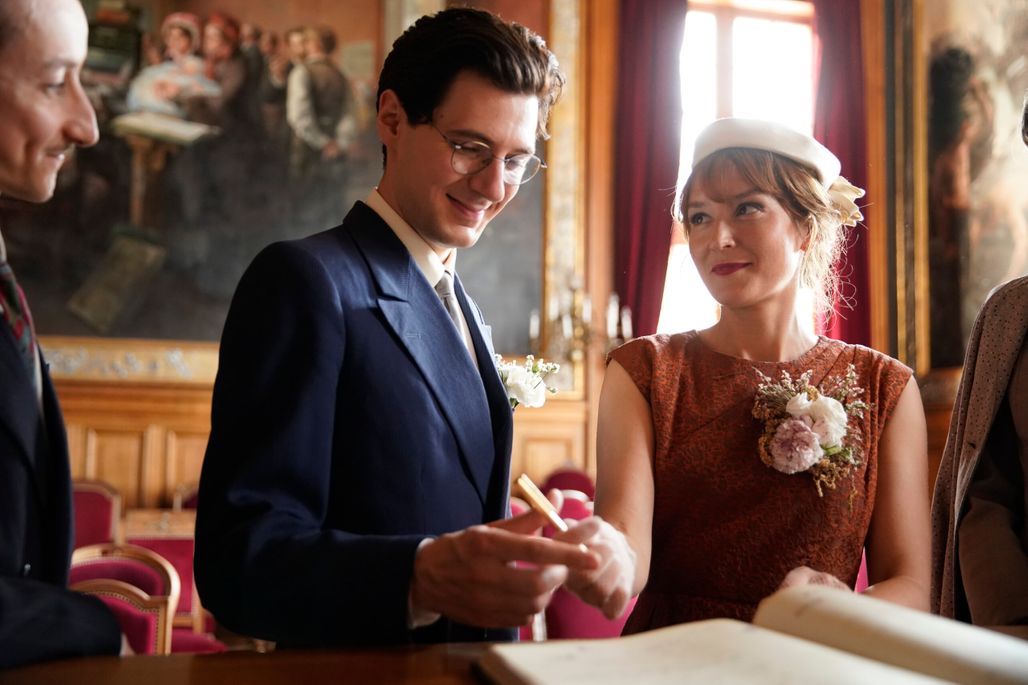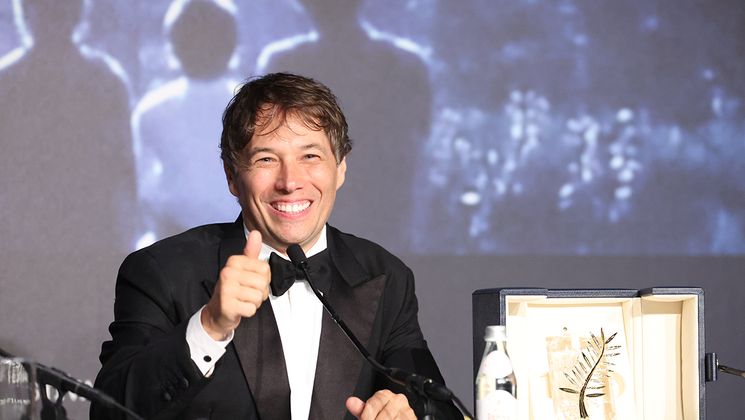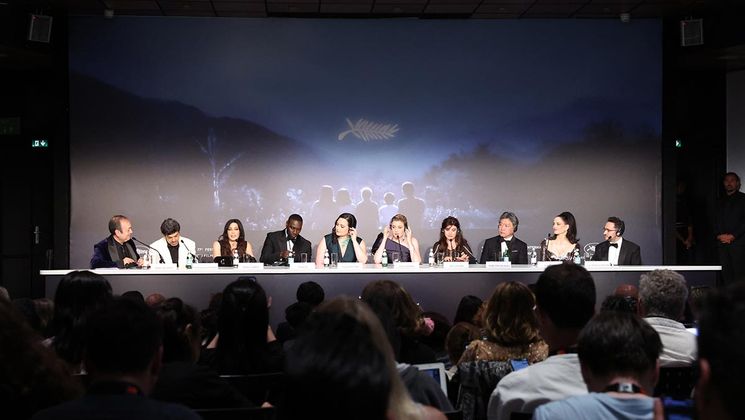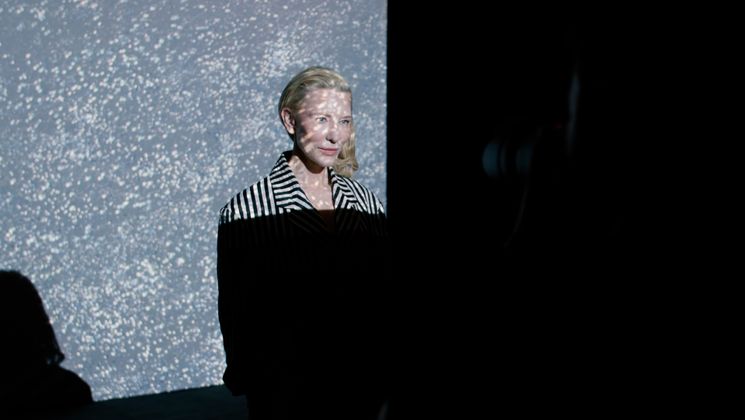
Le Temps d’aimer (Along Came Love) by Katell Quillévéré: anatomy of a couple

In her fourth feature film, Katell Quillévéré draws on her own family history in a tale of love that spans the years: a couple haunted by secrets in post-war puritanical, homophobic France. Powered by performances from Anaïs Demoustier and Vincent Lacoste, Le Temps d’aimer (Along Came Love) is a reminder that love can rise above the norms and conventions of society.
How did this feature film come about?
The spark was my grandmother’s experience. I found out late that she had had a relationship with a German soldier during the Occupation, and that they had had a baby together. Four years later, she met my grandfather, who went against his family’s advice by marrying her and adopting the infant. They spent their whole life pretending the child was their biological child. My grandparents’ relationship was shrouded in mystery and always intrigued me. So this film is highly personal.
Why was it important to root the story in its time?
What’s interesting about the fifties is that it was a post-war period in which people all had hidden wounds. They were haunted by death and regret. It’s a very inspiring time from a fiction perspective. It was also a very restrictive era, very puritanical. It provides a setting and stage for the film’s central themes: deception, shame, love and sexuality. The film is structured as a dialogue between past and present.
What did you hope to say about married life and family?
I’m driven by this idea of showing that it’s possible to love despite social convention, to love beyond the rules of a puritanical, homophobic and normative society. This family has a lot to teach us about our own times and relationships, within which there’s always a sense of off-screen nuance.
“I tried to intertwine my passion for Maurice Pialat and Douglas Sirk.”
Le Temps d’aimer (Along Came Love) is a reminder that in today’s world, we enjoy freedoms we need to protect…
It’s a film that urges us to reflect on the fragility of individual freedoms and how they can come under attack at any given time. It struck me as important to explore a time in which homosexuality was a crime. It’s a way of illustrating everything we’ve gained, the social struggles we’ve won, including rights for women, and everything we stand to lose. We need to continue protecting what has already been secured.
In terms of aesthetic, considering the period in which the film is set, how did you go about planning it visually?
I’ve always felt that for this film to be successful, there needed to be a clash between its style and content. I tried to fuse my love for both Maurice Pialat and Douglas Sirk. What I didn’t want was for everything to converge, for everything to fall into step. Quite the contrary: I felt we needed to coax out a modern facet, create an element of surprise through the film’s aesthetics in order to swerve that sense of a period drama frozen in time. It’s a spin on a melodrama, and yet at the same time, there are lots of aesthetic-driven elements in the film that run contrary to the genre’s conventions. There’s very little sophisticated camera movement, which you often get in melodramas.
How did you direct your actors to create that on-screen chemistry?
I wanted to connect them with characters beyond their own experiences, personalities they hadn’t yet had a chance to play. I was adamant that viewers forget they were watching Vincent Lacoste and Anaïs Demoustier. Vincent embarked on a very sensitive composition process for this film, and I feel he succeeded in getting to the heart of the character’s intimate truth. And Anaïs had a very challenging script to work with, because Madeleine inspires mixed reactions. I was very impressed with Anaïs’ incredible precision and depth. Actors are colleagues on a whole other level: I let them get involved, I’m open to them prompting me to change my mind regarding certain scenes or dialogues, because they’re in their characters’ skin.


